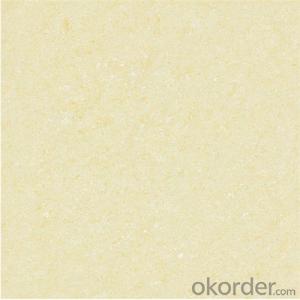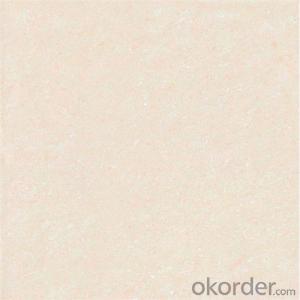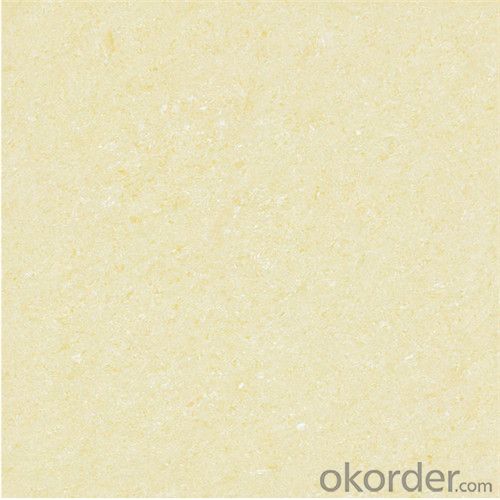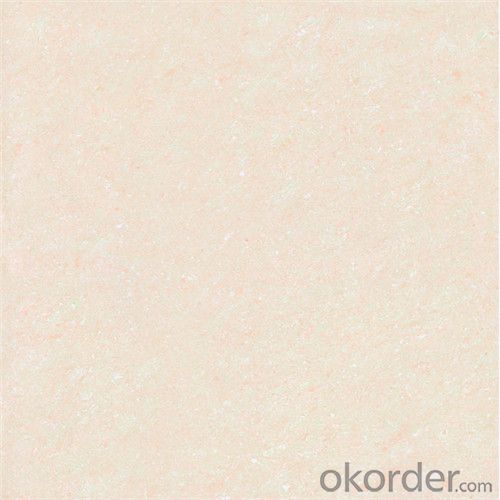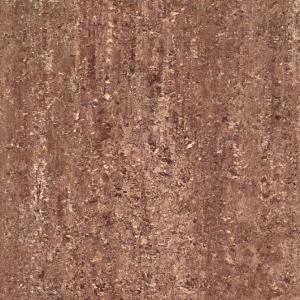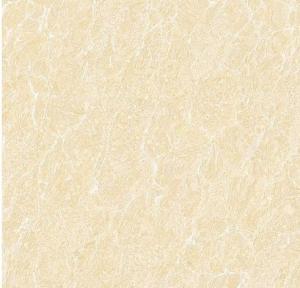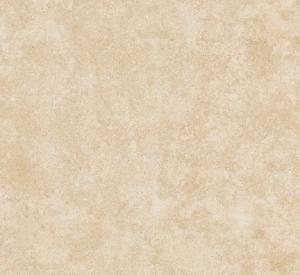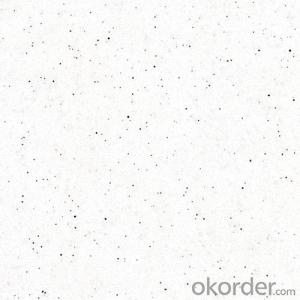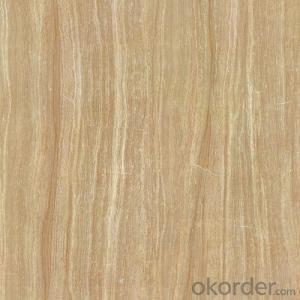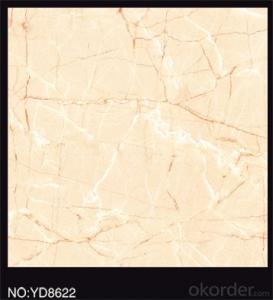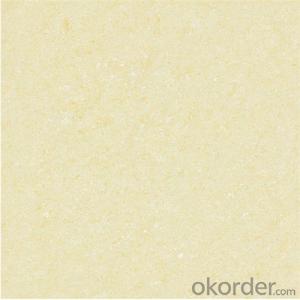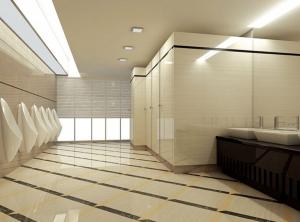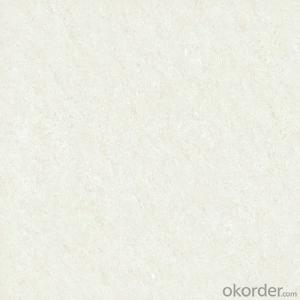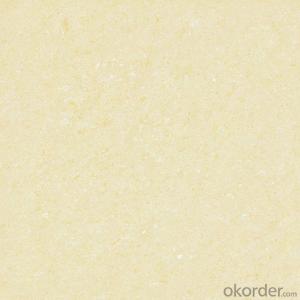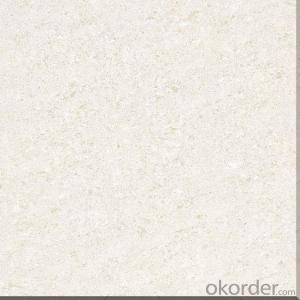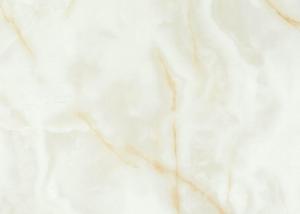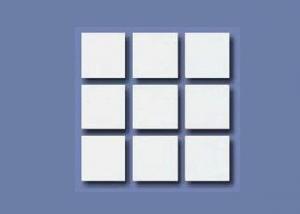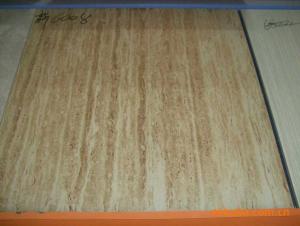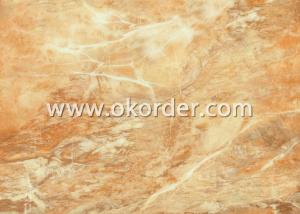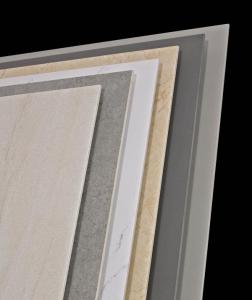Porcelain Tiles Crystal Jade CMAX23601
- Loading Port:
- China main port
- Payment Terms:
- TT OR LC
- Min Order Qty:
- 1324.8
- Supply Capability:
- 100000 m²/month
OKorder Service Pledge
OKorder Financial Service
You Might Also Like
Quick Details of Porcelain Tiles Crystal Jade CMAX23601
FOB Price: US $4.2 - 5.2 / Square Meter | Get Latest Price
Min. Order Quantity: 1324.8 Square Meter/Square Meters
Supply Ability: 100000 Square Meter/Square Meters per Month
Payment Terms: T/T, L/C
Port: FOSHAN, CHINA
Image of Porcelain Tiles Crystal Jade CMAX23601
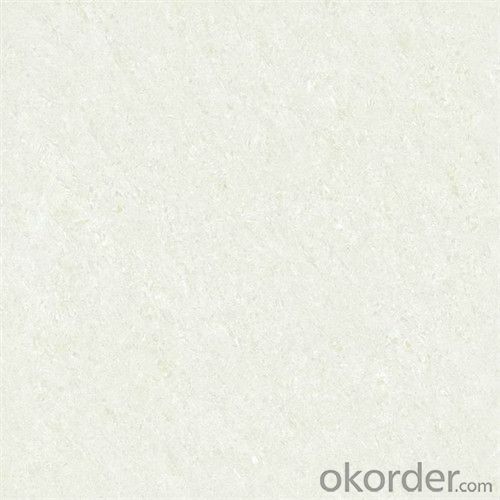

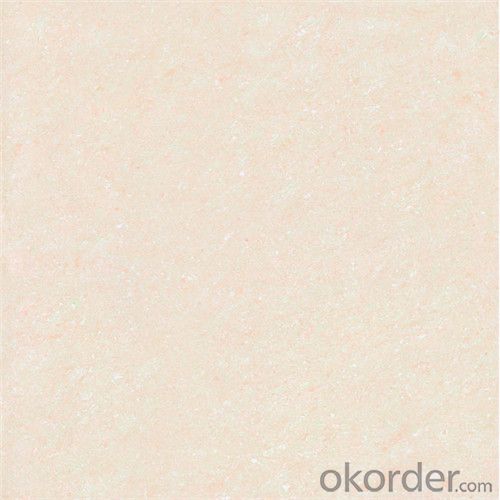
Specifications of Porcelain Tiles Crystal Jade CMAX23601
Brand Name: CMAX
Tile Type: Floor Tiles
Model Number: CMAX23601
Material: Exterior Tiles
Surface Treatment: Polished Tiles
Technique: Double Loading Tiles
Water Absorption Rate: below 0.5%
Size: 600 x 600mm, 800 x 800mm, 600x600x9.5mm
Color Family: Whites
Crystal Jade Series: White
Usage: Exterior Tiles
Function: Acid-Resistant, Antibacterial, Heat Insulation, Non-Slip, Wear-Resistant
Place of Origin: Guangdong, China (Mainland)
Packing & Delivery of Porcelain Tiles Crystal Jade CMAX23601
Packaging Details: Neutral carton + Wooden pallet
Delivery Detail: 20 days after receiving deposit or L/C Original
Application/Usage of Porcelain Tiles Crystal Jade CMAX23601
Mainly in living room, kitchen, bathroom, balcony wall ground and local background wall etc.
FAQ of Porcelain Tiles Crystal Jade CMAX23601
Q: What is the production period?
Within one month.
Q: What is the payment term?
Both T/T and L/C are OK.
Q: Could you please provide the samples?
Yes, we can provide you the free samples. But express delivery cost is to be collected.
Q: Where it could be used?
The living room, kitchen, bathroom, balcony wall ground and local background wall etc.
Q: What about the lead time for mass production?
Within one month. Sometimes, it depends on the order quantity and the season you place the order.
Generally speaking, we suggest that you start inquiry two months before the date you would like
to get the products at your country.
Q: What are the terms of delivery?
We accept EXW, FOB, CIF, etc. You can choose the one which is the most convenient or cost effective for you.
Advantages:
A. Our company is a state-owned group company. So we have good reputation and credibility.
B. We own many inquiries in China, Brazil, Iran, India to ensure our supply of different types of granite, marble, limestone, C. sandstone. We are a professional manufacturer so we can provide you various tiles with high quality and best price.
D. We have more than 5 years exports experience. So we can make your order more smoothly.
E. All of our goods will pass THREE QUALITY INSPECTIONS before shipment.
F. Best after sale service, customer can follow their orders situation any time, no matter on production line, warehouse or shipment.
G. Special dimensions are available according to your request.
H. We have many certifications of our tiles
- Q: I have water damage on a ceiling tile in my basement. The water damage is on a tile on the perimiter of the room. The water damage is adjacent to the room wall. However when I pulled the tile up I was surprised that I didn‘t find the source to any water above it. There was also no water damage on the tile where the angle bracket held the tile up. The water damage on the tile started in a straight line from the edge of the angle iron. Also there appeared to be a larger brown stain on the finished underside of the tile with a much smaller slightly damp appearance on the unfinished top of the tile. I‘m wondering if this means that my water source is not above the tile but in fact moisture from the room. However all of my other tiles around this one are dry with no damage. Thanks in advance.
- Sometimes water leaks start at a different spot and move down to the center and just sits there and builds up. I would change the tile and keep checking it until I can figure out where the leak is, then fix it (the leak).
- Q: I want to lay ceramic tile in the entry way of my townhome. It‘s about 80 sq ft. The house originally came with a generic white vinyl flooring that I swear is officially a part of the concrete slab it lays on. Because it is so firmly attached (no bubbles, no visible defects of any kind) would it be possible to lay the ceramic tiles over the vinyl? I honestly think it‘s going to take more time to rip up that flooring (and the glue that keeps it down) than it will laying the tile. Thoughts? Thanks!
- You will need to lay a cement backer over the linoleum after making sure the floor is level. Since you can't get the linoleum off then proceed with screwing down your backer board to the cement using a hammer drill. If there was to remove the linoleum I would, especially since it is on a cement floor and you should have some kind of vapor barrier.
- Q: I used acetone on my tile to get up some hair dye and it stained the tile white where the acetone was. i know now that i probably shouldn‘t have done this so please just answer question. How do i fix it?
- Without knowing what kind of tile you're talking about, it's hard to give an accurate answer. Because your tile was blemished by the acetone, I assume it is a matte finish tile, which will absorb moisture. You will probably have to replace the tile. First, go to a tile or flooring store, explain what you did and what happened and see what they recommend. As for fixing the tile, if you haven't removed old grout, fractured and removed a tile, cleaned out old thinset, laid new thinset, the tile, and grouted, I suggest you leave this to a professional.
- Q: i used the baskup board, the adhesive, then put the adhesive on each tile.
- Based on limited info I offer the following: Backer board doesn't compensate for a weak floor, which could be the culprit here. Foundation and/or framing is shifting (unstable) and causing the cracks.
- Q: Is polished tiles and tiles a thing?
- Polished tiles are a kind of tiles. Tiles include, polished tiles, glazed tiles, tiles, antique tiles and so on. Polished tiles, then I suggest doing surface protection treatment (generally not recommended waxing), because the polished brick pores are relatively thick, it is easy to dirty. Details can visit our website.
- Q: We just installed laminate wood floors tiles in our open space living/kitchen room. We put ceramic tiles in the kitchen area the wood laminate in the living area. Due to time constraints we had to get the laminate installed first before the tiles. Our tiler was supposed to put something between the wood the tiles but didn‘t. He‘s not being very cooperative about completing this, so we are trying to do something ourselves.What can we put there, so that the grout stops coming apart where the tiles laminate wood meet?Thanks.
- Hopefully, your tile guy used a metal edge to end the tile. It makes for a cleaner look for a transition to another floor. If he did not, it just makes it a bit more difficult but not impossible... My suggestion would be to use silicone in between the two floor types. Grout will always crack there if there is no edge installed. The laminate floor moves and the tile doesn't (hopefully, or you have more problems to look forward to with cracking grout...) so the silicone allows the movement. It does depend on what colour the grout is but if it's white, almond, dark grey/black; you can use silicone right out of the tube in place of the last bit of grout or between the metal edge and the laminate. You will have to scrape out some of the grout from the transition area... about 1/16 deep where the tile ends and the laminate starts. If it is not a standard silicone colour, you have to mix clear silicone with some grout powder (on a sheet of cardboard or something... to make a silicone grout that matches...) and force it in the crack with your finger. Use masking tape to cover the laminate edge and the edge of the tile and leaving an open area between... take the tape off while the silicone is wet and rub any excess off each surface. Once it is cured, you can rub off the remaining excess silicone from the tile with your finger. Even if the colour is not exact, grout changes colour (darker) over time... even if you seal it... the seal wears out, most people don't keep up with re-sealing etc... Sounds time consuming yes, but works well and worth the effort as opposed to a threshold trim that will result in a high spot over the joint. Good luck!
- Q: we are planning on replacing our livingroom carpet, !/2 of it withceramic tile. Is there any do‘s and don‘ts to consider. Thanks.
- I think you should do the whole thing in tile. Not only is it better for resale value, but better for your health also. The other poster is right, the subfloor is the most important thing. It needs first to be level, and second to be of the right substrate. I am guessing you have a plywood subfloor. If it is level, spread a layer of thinset, then screw cement board down over top of it. This will give you a good surface. Laying the tile is not too hard for a DIYer. Just follow the directions on the thinset bag and on the grout bag. I'll throw some resources in below.
- Q: I want to rip up the old linoleum in my bathroom and install some tile. The previous owners laid the current layer of linoleum on top of the original linoleum. From the little bit I‘ve peeled up to look underneath it looks like chip board underneath that. Does that mean I need to lay some kind of backerboard underneath the tile? I also plan on tearing out the curent cabinets and installing new ones. Should I install the tile or the cabinets first?
- Tile should go down first. However, if you want the tile to lay flush against the cupboards as opposed to being underneath the cupboards, then you should install the cupboards first. Just make sure you seal that edge between the cupboards and the tile. You need to lay backerboard down first because that will keep the floor from accidentally suffering water damage, which so often happens in a bathroom.
- Q: I wanted to put ceramic tile over the linoleum (in good shape) in our bathroom (floor is concrete). Can I do this or do I need to remove all the linoleum? Thanks
- Remove the linoleum. The adherence of your tile is only as good as the material it is bonded to. Linoleum (or more correctly, vinyl) is a poor base to lay tiles over. Remove the vinyl, scrape the concrete of any vinyl adhesive, and mop the floor with TSP. (Tri-sodium phosphate, found at most hardware stores) This will remove most substances from the concrete and create a better surface for your tile. Let the floor dry overnight before setting the tiles.
- Q: Can anyone tell me what type of tile this is? Name?
- All i will say is: its normally not a best thought to put it correct on top. It turns into extra seemingly for it to come up. After which the approach of taking over a layer of laminate and a layer of ceramic tile could be that a lot tougher when it happened. I consider the one technique to make that work with out taking up the ceramic tile is to make an air tight seal between the two. I couldn't give you any strategies on how to try this though.
Send your message to us
Porcelain Tiles Crystal Jade CMAX23601
- Loading Port:
- China main port
- Payment Terms:
- TT OR LC
- Min Order Qty:
- 1324.8
- Supply Capability:
- 100000 m²/month
OKorder Service Pledge
OKorder Financial Service
Similar products
Hot products
Hot Searches
Related keywords

